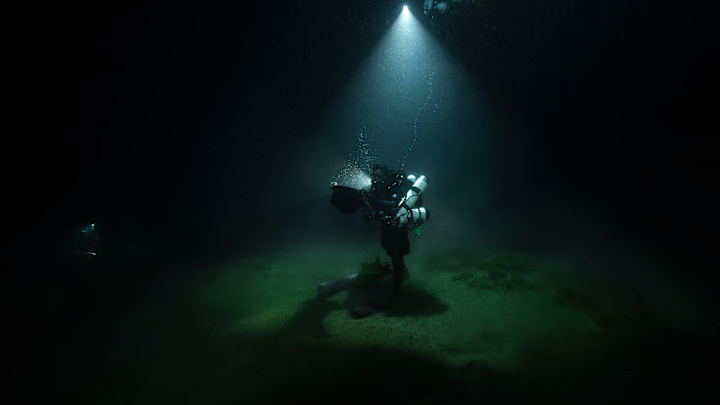Dark oxygen is a new term that many of us have started to hear for the first time recently, and many people are wondering what it is and how we could be finding a new kind of oxygen just now.
What is Dark Oxygen?
"Dark oxygen" refers to oxygen produced in the deep ocean where photosynthesis, which creates most of the oxygen we breathe, cannot occur due to the absence of sunlight. Instead, scientists believe metallic minerals on the ocean floor are working to split the water molecules and release oxygen. When the metals line hydrothermal vents, the process can occur much faster, thanks to the high temperatures and pressure you will find in these environments.
Scientists believe certain microbial communities might also be responsible for creating oxygen in the deep sea.
Impact on Marine Ecosystems
The production of dark oxygen can have a significant impact on marine ecosystems. It provides an essential oxygen source for deep-sea organisms that might not be able to thrive otherwise. It also reshapes our understanding of biochemical cycles that occur in the ocean and demonstrates how complex life can be.
Future Research into Dark Oxygen
Understanding dark oxygen can allow us to develop strategies to combat climate change. By understanding how much oxygen the deep sea generates, we can better understand how we are impacting the environment through our actions. We will also likely study how the metals break up the water molecules so we can better understand the process and what starts it.
How Can Dark Oxygen Research Help in Combating Climate Change?
Research on dark oxygen can provide insights into mitigating deoxygenation in oceans, improving our understanding of marine biogeochemical processes, and developing strategies to protect aquatic ecosystems affected by climate change.
Why Are the Oceans Deoxygenating?
Scientists believe that as the earth's temperature rises, the temperature of the water increases with it, and warmer water holds less oxygen. Higher temperatures also increase the separation of water layers, making it more difficult for oxygen near the surface to mix with deeper water. Excessive nutrients from agricultural runoff, sewage, and industrial discharges can also create large algae blooms that die off and consume oxygen as they decompose. Changing weather patterns might also be affecting water circulation.
Follow GeekSided for the latest news about Dark Oxygen and leave comments and questions.
